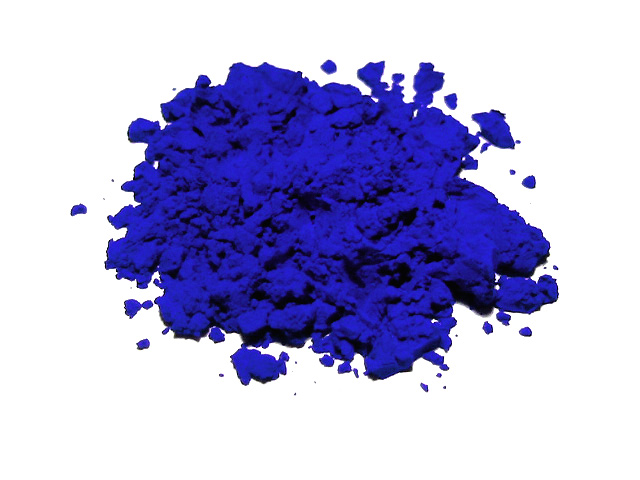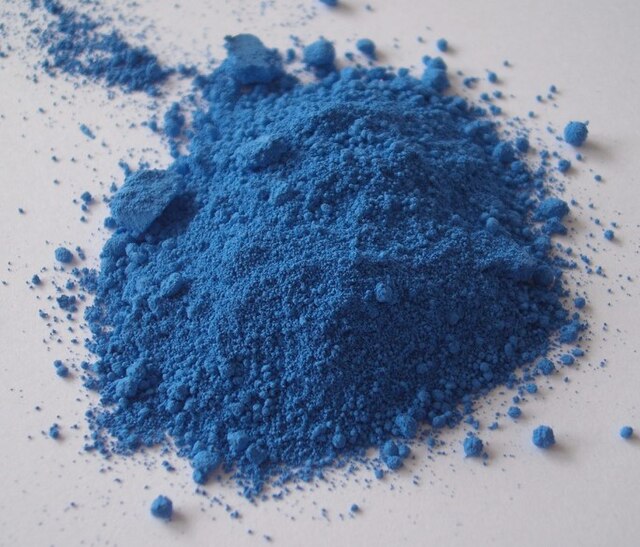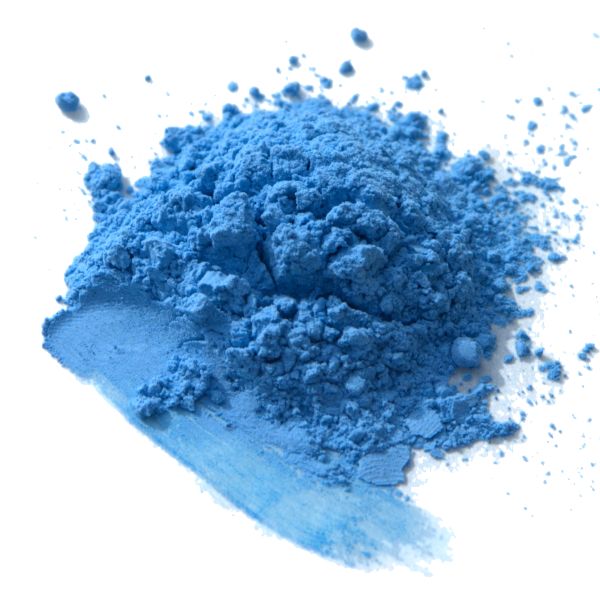The Discovery of Hibonite Blue
In the vibrant and ever-evolving world of art and science, the discovery of new pigments is always a groundbreaking event. One such significant discovery is Hibonite Blue, a vivid and stable pigment developed through the pioneering work of scientist Mas Subramanian at Oregon State University. Building on his earlier serendipitous discovery of YInMn Blue in 2009, Subramanian has now made strides with pigments based on the mineral hibonite, found in meteorites.
What Makes Hibonite Blue Unique?
Hibonite Blue is distinguished from other blue pigments by its unique mineral composition and stability. Unlike synthetic blue pigments, which often come with environmental and durability issues, Hibonite Blue’s natural stability stems from its origin. Hibonite is only found in meteorites that have endured thousands of degrees of temperature as they pass through Earth’s atmosphere. This extreme formation process results in a crystal structure that is remarkably stable, making it an excellent candidate for durable and safe pigments.
Hibonite Blue surpasses the vividness of traditional cobalt blue pigments while reducing or eliminating the need for hazardous cobalt ions. This breakthrough not only enhances the visual appeal of the pigment but also addresses significant health and environmental concerns associated with cobalt blue production.
The History of Blue Pigments
The quest for blue pigments has a rich and fascinating history, stretching back thousands of years. Blue has always been a color associated with depth, spirituality, and the divine, but it was historically difficult to produce.
1. Egyptian Blue: One of the earliest synthetic blue pigments, Egyptian Blue, was created around 2600 BCE. Made from a mixture of silica, lime, copper, and alkali, it was used extensively in ancient Egyptian art for decorating tombs and statues.

2. Ultramarine: Derived from the semi-precious stone lapis lazuli, Ultramarine was highly prized during the Renaissance. Imported from Afghanistan, it was more expensive than gold and reserved for significant artworks, such as the robes of the Virgin Mary in religious paintings. Notable artists like Leonardo da Vinci and Michelangelo used Ultramarine for its brilliant, deep blue color.

3. Prussian Blue: Discovered accidentally in the early 18th century by German dye-maker Johann Jacob Diesbach, Prussian Blue became the first modern synthetic pigment. It quickly gained popularity due to its affordability and intensity. The pigment played a crucial role in the works of artists such as Katsushika Hokusai, who used it in his famous “The Great Wave off Kanagawa.”
4. Cobalt Blue: Developed in the early 19th century, Cobalt Blue offered a more affordable alternative to Ultramarine. However, its production required significant amounts of cobalt salt, which is hazardous to humans and the environment. Despite these drawbacks, artists like Vincent van Gogh valued Cobalt Blue for its vibrant, clean hue.

5. Cerulean Blue: Introduced in the late 19th century, Cerulean Blue provided artists with a stable and bright blue that was particularly useful for painting skies. Artists like Claude Monet used it to capture the subtle variations of light and atmosphere.

The Impact of Hibonite Blue in Contemporary Art
Hibonite Blue, with its unique properties, adds a new chapter to this storied history of blue pigments. Its discovery offers contemporary artists a fresh and environmentally friendly tool to explore and express their creativity. The pigment’s stability and vibrant hue provide new possibilities for artistic expression, ensuring that artworks created with it will endure the test of time.
The discovery of Hibonite Blue marks a significant milestone in the ongoing evolution of pigments. It stands as an indication of the enduring fascination with blue and its profound impact on art and culture. As artists continue to experiment with Hibonite Blue, it will undoubtedly find its place among the legendary pigments that have shaped the visual arts throughout history.







